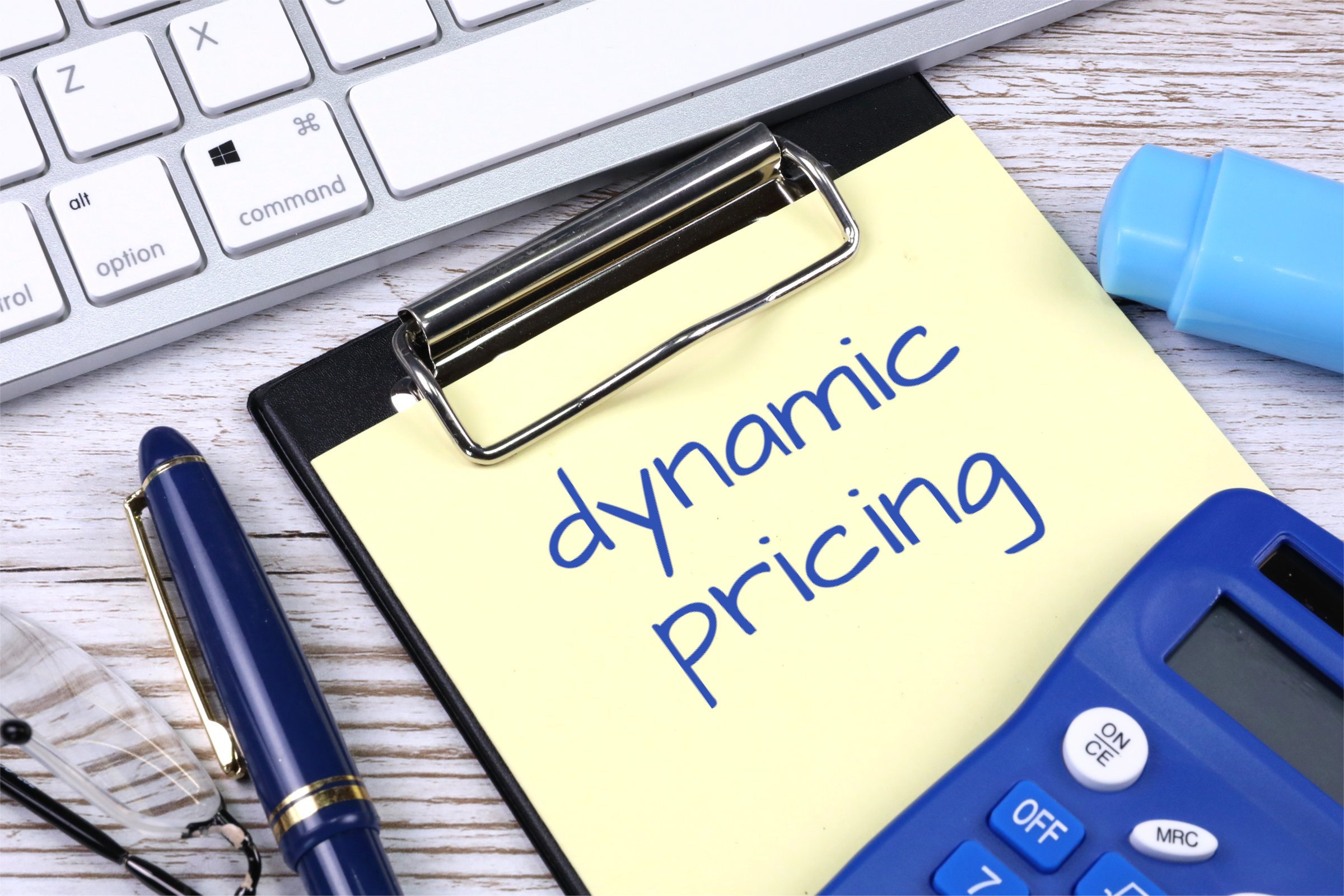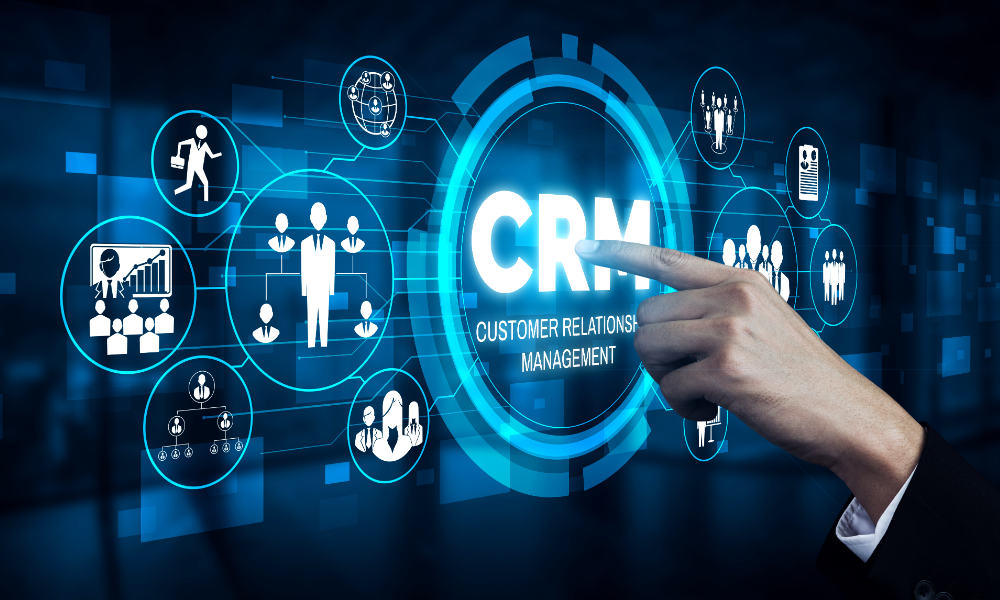What was once an art is now a precision science, as machine learning empowers businesses to decipher and dictate prices with unerring accuracy, lifting the bottom line in the process. Cut to the chase: this profit optimizer does the heavy lifting, keeping you updated on the bottom line in real-time. But what exactly is dynamic pricing machine learning, and how does it work?
Think your business is stuck in neutral? A shot of dynamic pricing machine learning could be just the turbo boost you need to rev up sales. We’re about to geek out on the specifics. From the plus sides to the different algorithms, we’ll cover it all – and then spell out exactly how to bring it to life. Now that we’ve got the basics down, let’s get into the nitty-gritty – we’ll check out some examples of dynamic pricing in action and where it’s headed next.
Jump straight into the main points with our easy-to-follow Table Of Contents, the perfect roadmap for this in-depth article.
- Picture this: pricing strategies that adjust in real-time to match customer demand. With machine learning at the helm, prices adapt to the market in real-time, and that’s revolutionary.
- Benefits of Dynamic Pricing
- Types of Dynamic Pricing Models
- Dynamic Pricing Algorithms
- Dynamic Pricing Machine Learning: Best Practices for Implementation
- Examples of Dynamic Pricing in Action
- The Future of Dynamic Pricing
- Conclusion
What is Dynamic Pricing Machine Learning?
Dynamic pricing machine learning uses algorithms to adjust prices based on various factors. Three key elements to get right are customer demand, competitor pricing, and the overall market landscape.
Unlike traditional methods, which piggyback on outdated price models, this approach does things differently. The volumes of data streaming in can be overwhelming, but with machine learning, businesses can decipher it all and adjust their pricing strategies on the fly. Dynamic markets demand a high degree of flexibility; businesses that adjust their approach on the fly are better positioned to capture maximum revenue.
Benefits of Dynamic Pricing
Why are so many companies moving toward dynamic pricing models? A main advantage is increased profitability.
Peak demand means peak profits – if you’re quick enough. Real-time pricing lets businesses tap into that money-making window. It can also lead to improved customer satisfaction because dynamic pricing lets you provide fairer, more competitive pricing.
For example, Swiss ski resort Zermatt Bergbahnen AG implemented a dynamic pricing solution and saw a 6-8% revenue increase per ticket. Pivoting prices to reflect real-time market conditions can rack up some serious revenue gains.
Types of Dynamic Pricing Models
Several different dynamic pricing models can be implemented, each with its own approach. What works today may not work tomorrow, so companies adopt strategies that respond to shifting market demands or adapt to different customer segments over time. Gone are the days of static pricing strategies; with dynamic pricing models, businesses can dynamically reconfigure their approach to pricing, responding to market fluctuations with finesse and speed.
| Model | Description |
|---|---|
| Time-Based | Adjusts prices based on time, such as charging more for airline tickets during peak season. |
| Segmented | Prices change based on customer groups, like discounts for students or seniors. |
| Personalized | Each individual customer sees unique prices depending on factors like purchase history or location. |
Dynamic Pricing Algorithms
Dynamic pricing models utilize a handful of different machine learning algorithms. With these algorithms, data gets dissected and prices adjusted in real-time, precision guaranteed. Dynamic pricing relies on a specially chosen learning algorithm to get it right – and that’s where the magic happens.
| Algorithm | Description |
|---|---|
| Bayesian Models | These incorporate prior beliefs about pricing and continuously adapt to new data. Integrating what you’ve learned into your pricing strategy becomes a whole lot easier with this flexible approach. |
| Reinforcement Learning (RL) | These algorithms use experience-driven feedback loops to discover effective pricing strategies. As market conditions shift, RL dynamic pricing algorithms adjust on the fly, reacting to changes in demand, seasonal fluctuations, and competitive pressures. |
| Decision Trees | These analyze complex interactions to discover rules governing sales performance. What pushes someone to click “buy now” or sign on the dotted line? Once you understand that, you can start setting prices that are spot on. |
Dynamic Pricing Machine Learning: Best Practices for Implementation
To implement dynamic pricing with machine learning correctly you should define clear business objectives for pricing strategies. Asking yourself if your aim is to increase market share, boost overall profits, or respond effectively to fluctuating competition will inform your business strategy.
is to increase market share, boost overall profits, or respond effectively to fluctuating competition will inform your business strategy.
When we hit these objectives, the dynamics between methods and data will flip, completely rearranging the outcome landscape. For dynamic pricing to truly deliver, it’s essential to have a foundation of high-quality data, specifically sales data from the past, to power your models. Consider these best practices when implementing a dynamic pricing model:
- Set Clear Goals: What do you want to achieve with dynamic pricing (e.g., increase revenue, maximize profit)?
- Choose the Right Metrics: How will you measure success (e.g., revenue growth, customer retention)?
- Gather Quality Data: Accurate sales, demand, competition, and customer behavioral data are necessary. Pinpoint patterns in past sales to grasp what drives customer purchases, then use that knowledge to set prices that make sense.
- Select the Best Algorithm: Use a model suited for your products and business objectives.
For businesses stuck in neutral, dynamic pricing can be the high-octane boost they need to shift into high gear and capitalize on untapped opportunities. With clear goals, carefully considered pricing adjustments based on sales data, high quality data, and real-time machine learning, dynamic pricing optimization maximizes revenues. Pricing hurdles melt away when businesses have the reins, letting them focus on what really matters. Developing strong customer connections doesn’t stop once the sale is made – it’s an ongoing process that demands attention. Customer loyalty hinges on transparency and clear communication – it’s a one-two punch that businesses can’t afford to neglect.
Examples of Dynamic Pricing in Action
Companies like Uber and Amazon actively implement dynamic pricing machine learning strategies. This means prices change for services based on the amount of customer demand. Market conditions are constantly in flux, and this pricing strategy moves right along with them, adjusting prices on the fly. Imagine being able to adapt your pricing strategy on the fly, syncing it perfectly with the rhythms of the market to drive revenue growth and propel your business forward.
Uber adjusts ride costs in real-time using elements including time of day and other market conditions. They change frequently due to the dynamic nature of the ride-sharing market. Constantly refining its strategy, Uber succeeds in maximizing revenue and keeping pace with the ebbs and flows of demand.
of the ride-sharing market. Constantly refining its strategy, Uber succeeds in maximizing revenue and keeping pace with the ebbs and flows of demand.
In online retail, companies adjust prices millions of times per day. They often react to their main competitor’s pricing changes and current supply and demand conditions. Some pricing strategies revolve completely around business objectives set, showing how pricing decisions align with overall business goals. Finding the sweet spot where profit and customer happiness intersect is the ultimate goal of machine learning-powered dynamic pricing.
The Future of Dynamic Pricing
As AI and machine learning evolve, dynamic pricing is set to become more sophisticated and personalized. In the future, pricing won’t be possible without the substantial input of machine learning models, the behind-the-scenes game-changers. With this development on the horizon, companies will be able to surgically target their pricing for maximum impact.
- Real-time Personalization: Algorithms will predict customer purchasing behavior. Businesses will offer pricing offers tailored to suit customer preferences. The surge pricing we sometimes see will be replaced with optimized price points, informed by machine learning algorithms.
- Predictive Analytics: Predict future market shifts. Now that we have the numbers, we’ll take the reins on a pricing strategy that flips and flexes with market shifts, weaving in rock-solid optimization methods to build revenue. Price adjustments can be amake-or-break decision for businesses, but what if they could anticipate and respond to changes in demand before they happen?
- Contextual Pricing: This model optimizes prices by evaluating external conditions. Customer spending habits are closely tied to what’s happening outside – this takes those factors into account. Take weather for instance – a warm winter weekend can drum up spontaneous getaways, while this model updates its booking forecasts to match shifting market trends in real-time. Companies are able to better segment customers and tailor their dynamic pricing strategies accordingly.
We’ve reached the final stretch – now it’s time to see how all these pieces fit together.

Imagine having the ability to pinpoint the exact price that will drive the most profit – machine learning makes this possible, providing a major competitive edge in today’s marketplace. To stay competitive, companies turn to advanced algorithms and pricing models that help them expertly read the market tea leaves and react to changing prices. Imagine being able to price your products based on factors like holidays, weather forecasts, or competition – these systems make it possible.
From airlines adjusting ticket prices to eCommerce websites tweaking pricing to better respond to competition changes, dynamic pricing’s prevalence is growing. Top performers are making plans and setting the tone to take full advantage. In their playbook, dynamic pricing algorithms are the key to adapting quickly to market shifts and unlocking real revenue gains.
In the thriving landscape of various industries, there’s an unmistakable edge waiting to be seized – one that comes from pinpointing the sweet spot where supply meets demand. Companies can create a highly tuned business utilizing real-time responsiveness across markets. The tools we have today, like machine learning and predictive modeling, are miles ahead of what we had just a few years ago. With dynamic pricing models, companies can expertly balance their bottom line with a genuine focus on treating customers with respect and kindness. With prices that are fair and communication that’s clear, they inspire trust from the get-go. Gone are the days of pricing by gut instinct; today, companies are building winning strategies around cold, hard data and tried-and-true methods that drive real results. Marked by instant responses to changing market dynamics, dynamic pricing is the ticket to riding market waves and staying ahead.




